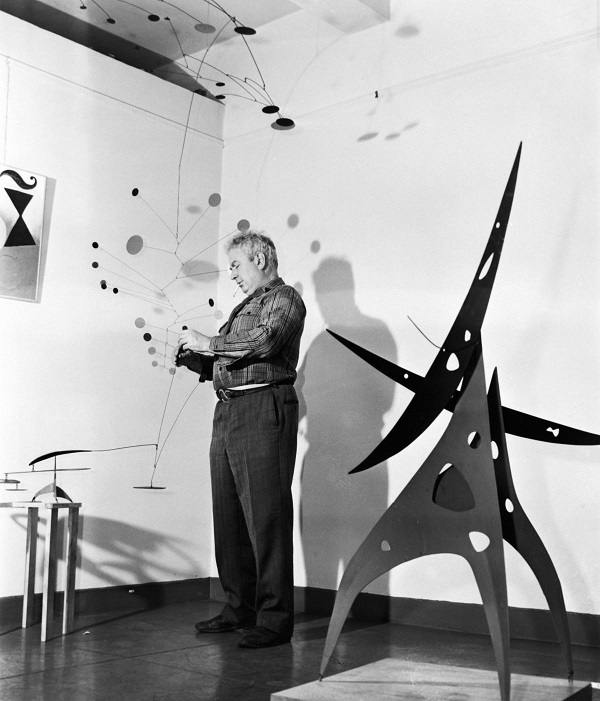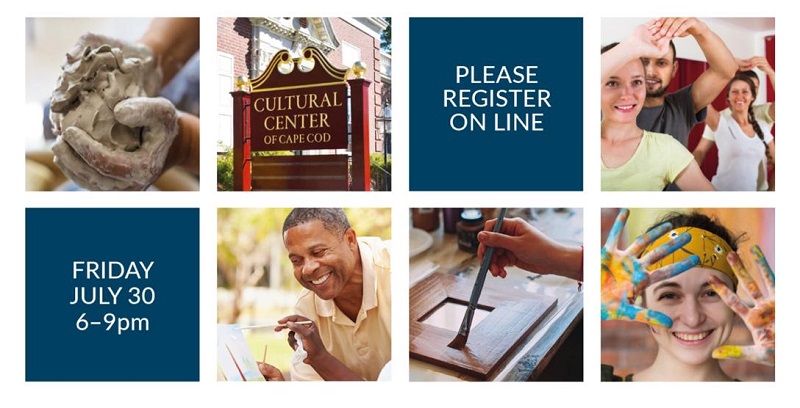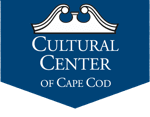ALEXANDER CALDER

“Above all, art should be fun.”
Alexander Calder was an American sculptor known for his innovative mobiles—kinetic sculptures powered by motors or air currents—that embrace chance in their aesthetic.
Calder was born in July or August 1898, in Lawnton, Pennsylvania . His father and grandfather were both sculptors, his mother a portrait painter. Because his parents didn’t want him to follow in their footsteps, he studied mechanical engineering at Stevens Institute of Technology, New Jersey, but after a few years in the industry—for some time as a draftsman—he realized engineering wasn’t for him and turned to art.
In 1926, Calder moved to Paris, enrolled in, the art school in the Montparnasse district, the Académie de la Grande Chaumière ,and quickly established a studio. That same year, he began to make mechanical toys and created a miniature circus, Cirque Calder .
It was also around this time that he developed his wire sculpture—”drawings in space”—and in 1929 showcased these works in his first solo show, at Galerie Billiet . After seeing artist Piet Mondrian’s work in 1930, he was shocked and inspired to fully embrace abstract art. Using motors and cranks, Calder slowly developed moving art—kinetic sculptures—that consciously departed from the traditional notion of art as a static object by integrating the idea of motorized movement into his work. French artist and sculptor Marcel Duchamp christened Calder’s moving sculptures as “mobiles,” a pun meaning both “motion” and “motive.”
“My whole theory about art is the disparity that exists between form, masses and movement.”
The use of motors, however, quickly frustrated Calder since they prescribed the movements of the sculptures, causing them to be predictable and therefore less interesting over time. His solution, in 1932, was to create sculptures that derived their movement not from motive power but from touch or air currents alone. Now their “kinetic action” was unpredictable and always changing.He took it a step further in 1934 and began making increasingly large outdoor works, allowing the wind and weather to drive the movement of his sculptures.
“The trouble with a lot of artists today is that they have too much technique and equipment. They don’t know what to do with it all. If you cut down on it, you can work more strongly within narrower limits.”
From the 1950s on, Calder also created monumental static sculptures, often commissions to be part of large-scale architectural projects like his work “Bent Propellor,” installed at the entrance of the World Trade Center’s North Tower in New York City in 1971.
Although he spent a lifetime working as a sculptor—kinetic and still—Calder worked in many other areas throughout his career, including as a theatre set designer, jewelry designer, painter, and printmaker.
His work is in many permanent collections across the world, including the Solomon R. Guggenheim Museum and the Museum of Modern Art in New York, the Centre Georges Pompidou inParis, and the Museo Nacional Centro de Arte Reina Sofía in Madrid. The Whitney Museum of American Art, New York, has the largest body of his work.
Despite failing health in his 70s, Calder’s activity never dwindled, and he worked on new projects and hobbies right up to his death from a heart attack in 1976 at age 78.
“When everything goes right a mobile is a piece of poetry that dances with the joy of life and surprise!”
SUMMER SAMPLER
Friday, July 30, from 6-9pm
Summer Sampler

Want to try your hands at pottery or take a spin in a salsa class? How about taking a “turn” at woodturning or painting your very own masterpiece? Maybe you’d like to create a laser-cut customized wine holder, or record a demo in our recording studio?
The Cultural Center invites you to a fun, adult, and interactive art-making evening. Our Summer Sampler is a great way to meet our teaching artists, explore our ten studios, and learn about all the creative experiences we have to offer throughout the year. This FREE event will provide a glimpse into the diverse programs offered at the Center. Our teaching artists will provide you with hands-on art projects, demonstrations, and collaborative art creations throughout the evening while our artists in residence invite you to join them for libations and conversations around the art they create and sell. The Center’s staff will be available throughout the evening to answer any questions you may have about our classes, exhibits, and events.
Everyone attending the Summer Sampler will receive a 10% discount on all class enrollment and selected studio artwork during the event. We will also host drawings for a chance to win art, free classes, or a one-year membership at the Cultural Center!
The sampler is FREE to attend, but please register so we can ensure the best experience for all involved!
REGISTER NOW!

